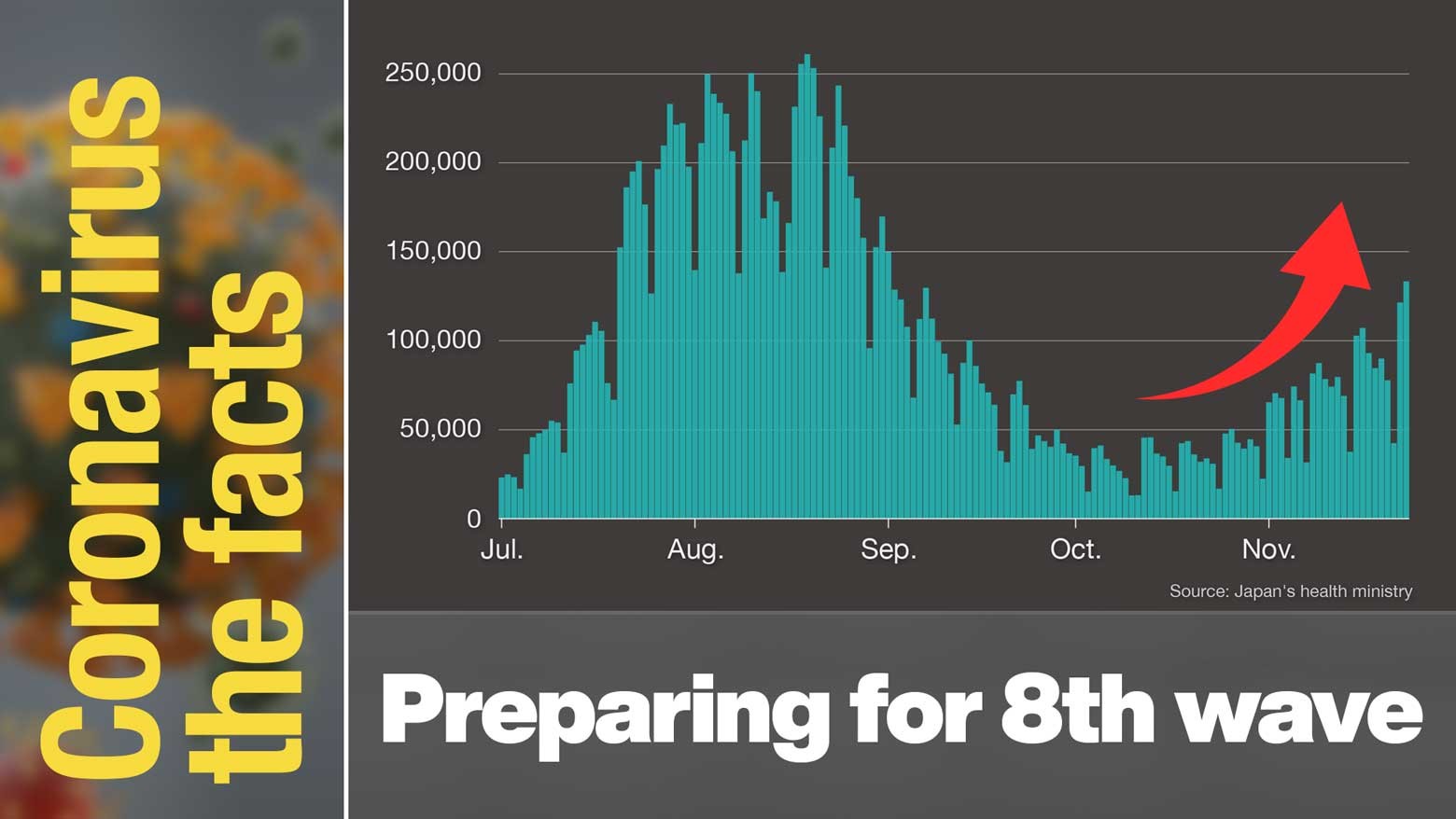This article is part of a series on important coronavirus-related information. Click here to read other installments: #Coronavirus the facts. Find the latest information on everything COVID-19.
Case numbers on the rise
Infections are on an upward trend across Japan, especially in the northern prefecture of Hokkaido and some other areas. Experts say it's likely the start of an eighth COVID wave.
In many instances during previous waves, infections started taking place in cities with large populations such as Tokyo and its surroundings and spread to other places as people moved. But the latest wave began in Hokkaido and the northern Tohoku region.
The Omicron BA.5 variant is still dominant. It was the most common type during the seventh wave that Japan experienced during summer.
Tokyo Medical University Hospital Professor Hamada Atsuo says that BA.5 is now considered to be in a state of resurgence in regions where people have less immunity.
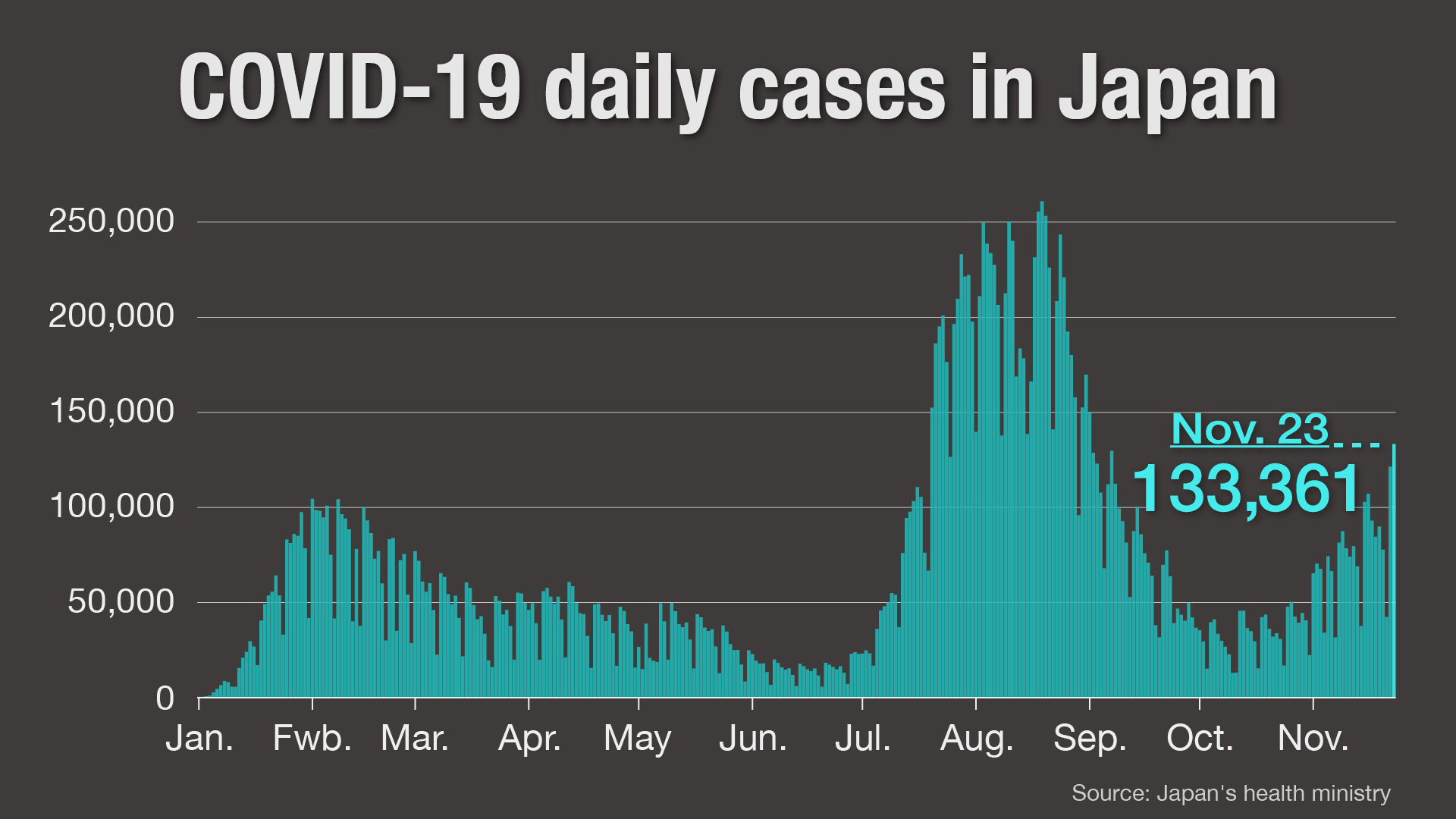
Other variants emerge
Experts are worried that the spread of other Omicron variants could trigger a spike in infections.
Figures submitted at the Tokyo Metropolitan Government's COVID-19 monitoring meeting on November 17 show the BA.5 variant accounted for more than 98 percent of infections during September, but it is now on a downward trend.
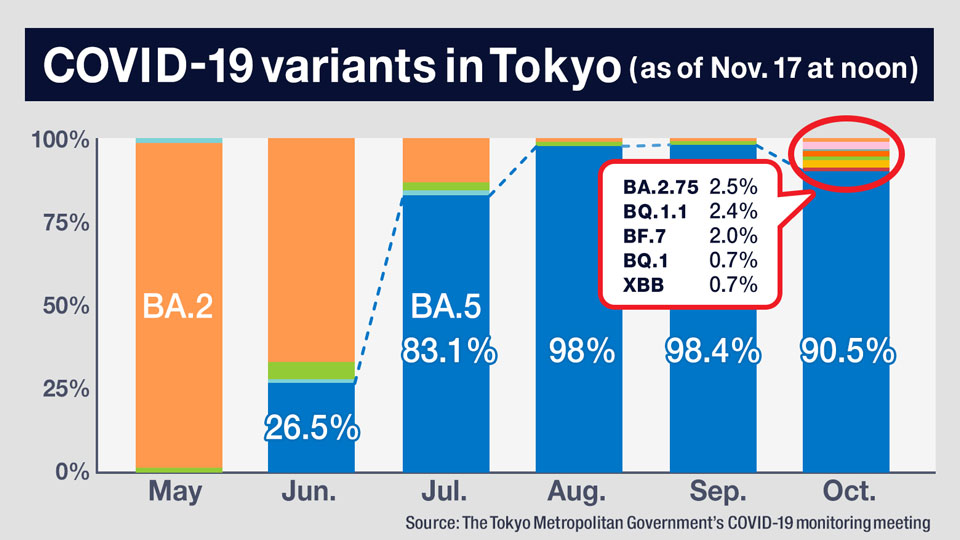
Variants such as BA.2.75 and BQ.1.1, on the other hand, are gradually increasing. During October, they accounted for 2.5 percent and 2.4 percent of cases respectively. Across the same period, BA.5 represented 90.5 percent of cases; BF.7, 2 percent; BQ.1, 0.7 percent; and XBB, 0.7 percent.
BQ.1.1, along with BQ.1, is replacing BA.5 in the United States.
Professor Hamada is closely watching the new variants to see what role they play in the next set of monthly figures.
He says the Omicron-targeting vaccines in the current rollout are thought to be effective against BQ.1 and XBB. With concerns about a possible double outbreak of COVID-19 and influenza this winter, people are advised to get a flu jab as well.
Influenza cases
Currently, the number of flu patients in Japan is lower than it was during the pre-pandemic period. But with case numbers and school/class closures increasing in some areas, the trend is being monitored.
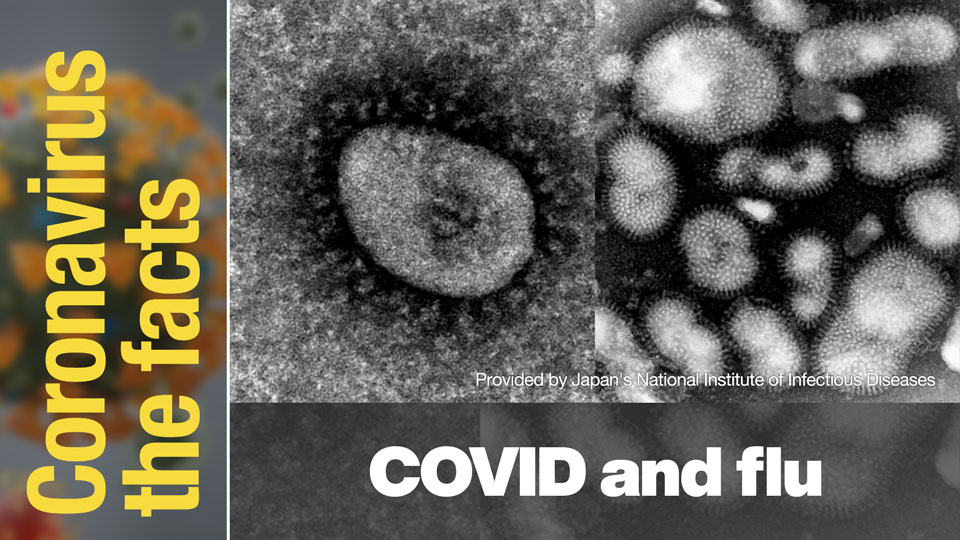
*Related article: Japan prepares for a possible double virus outbreak (Nov. 11, 2022)
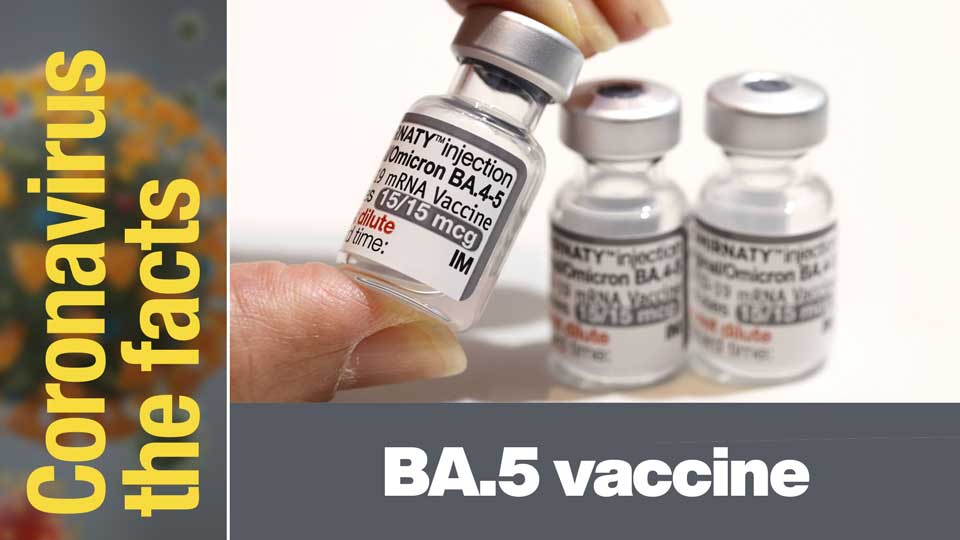
*Related article: Omicron BA.5 vaccine in Japan (Oct. 27, 2022)
Policy revisions
The Japanese government has overhauled its alert system for coronavirus infections, reducing it from five tiers of urgency to four. The aim is to avoid straining healthcare systems and prioritize care for high-risk people. It has also allowed each prefectural government to bolster their own measures in response.
Level 3
Level three is in effect when the continuing spread of infections is such that hospitals are too full for people at higher risk of developing serious symptoms to get immediate access to medical services. In such cases, prefectural governments can issue a declaration to strengthen preventive measures and are allowed to ask people with COVID symptoms to refrain from outings.
Level 4
This is the most serious level. It means healthcare systems are no longer functioning properly due to an excessive number of patients. Prefectural governments can issue a medical emergency declaration and make other, more powerful requests. For example, they can ask residents to work from home when possible and refrain from travel. Event organizers may be asked to postpone.
This information is accurate as of November 24, 2022.
